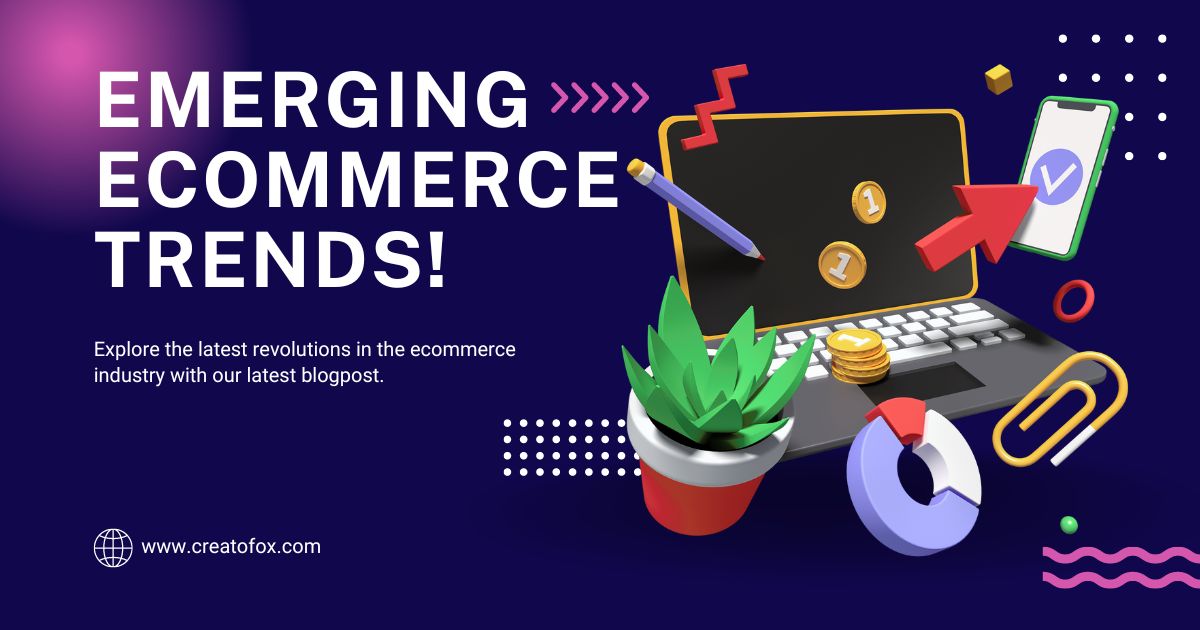In today’s digital landscape, influencer marketing has become a powerful tool for brands to connect with their target audience. While micro-influencers with millions of followers often take the spotlight, there’s a rising trend that is proving to be equally impactful: micro-influencers. In this article, we’ll explore the power of micro-influencers in niche markets and how they can drive brand awareness, engagement, and conversions.
Getting Started With Micro-Influencers:
To understand the power of micro-influencers, it’s essential to define the concept itself. Micro-influencers are individuals who have a smaller but highly engaged social media following, typically ranging from a few thousand to a hundred thousand followers. Unlike macro-influencers, micro-influencers often have a strong focus on specific niche markets, which allows them to cultivate a highly loyal and engaged audience.
Niche markets, on the other hand, are segments of the market that cater to specific interests, needs, or demographics. They are characterized by their specialized nature and often have a passionate community built around them. Niche markets can be found in various industries, from beauty and fashion to fitness and gaming.
The Role of Micro-Influencers in Niche Markets
Micro-influencers play a crucial role in niche markets due to their ability to connect with their audience on a personal level. Unlike macro-influencers, micro-influencers often have a more authentic and relatable presence, which resonates with their followers. This authenticity and trust are essential factors when it comes to influencing purchase decisions in niche markets.
One of the key advantages of micro-influencers in niche markets is their ability to engage with a highly targeted audience. Since micro-influencers focus on specific interests or demographics, their followers are more likely to share those interests. This targeted engagement leads to higher levels of interaction, such as likes, comments, and shares, creating a sense of community and fostering brand loyalty.
Moreover, collaborating with micro-influencers in niche markets is often more cost-effective compared to working with macro-influencers. As micro-influencers have a smaller following, their fees are generally lower. This allows brands with limited marketing budgets to tap into the power of influencer marketing and reach their target audience effectively.
Building Relationships with Micro-Influencers
To leverage the power of micro-influencers in niche markets, brands need to establish meaningful relationships with them. The following steps can help brands build successful partnerships with micro-influencers:
1. Identifying relevant micro-influencers
It’s crucial to identify micro-influencers whose audience aligns with the brand’s target market. Brands can use social media listening tools to find micro-influencers who actively engage with their niche community and produce high-quality content. Analyzing metrics such as engagement rates and audience demographics can aid in this selection process.
2. Approaching micro-influencers
Once potential micro-influencers are identified, brands should approach them with personalized messages that demonstrate a genuine interest in their work. Building a relationship based on mutual respect and shared values increases the chances of collaboration.
3. Collaborating on content creation
Collaboration is key when working with micro-influencers. Brands can provide guidelines or themes for the content, but it’s important to allow micro-influencers creative freedom to ensure authenticity. This collaborative approach often results in content that resonates well with the influencer’s audience and effectively showcases the brand’s offerings.
Leveraging Micro-Influencers for Brand Awareness
Micro-influencers in niche markets can significantly boost brand awareness by targeting a specific audience. The following strategies can help brands leverage micro-influencers to increase their visibility:
1. Showcasing products/services to a niche audience
Micro-influencers excel at presenting products or services to their niche audience in an authentic and relatable manner. By featuring a brand’s offerings in its content, micro-influencers introduce them to a highly receptive audience, increasing the chances of conversion.
2. Creating genuine and relatable content
Micro-influencers have a deep understanding of their audience’s preferences, allowing them to create content that genuinely resonates. Through storytelling, tutorials, or reviews, micro-influencers can establish a personal connection with their followers, making the brand more relatable and trustworthy.
3. Utilizing user-generated content
Encouraging micro-influencers and their followers to create user-generated content related to the brand can amplify its reach. User-generated content not only showcases the brand’s offerings but also serves as social proof, demonstrating the positive experiences of real customers.
Driving Conversions and Sales with Micro-Influencers
Beyond brand awareness, micro-influencers have the power to drive conversions and sales in niche markets. The following strategies can help brands leverage micro-influencers to boost their bottom line:
Personal recommendations and testimonials
Micro-influencers’ recommendations hold significant weight with their audience. By sharing personal experiences and testimonials about a brand’s products or services, micro-influencers can influence their followers’ purchasing decisions, leading to increased conversions.
Influencer-exclusive discount codes or promotions
Offering influencer-exclusive discount codes or promotions incentivizes followers to make a purchase. This approach not only encourages conversions but also allows brands to track the success of their micro-influencer campaigns.
Tracking and analyzing campaign performance
Brands should track and analyze the performance of their micro-influencer campaigns to measure their effectiveness. Metrics such as website traffic, engagement rates, and conversions can provide valuable insights into the campaign’s impact and help optimize future collaborations.
Overcoming Challenges in Micro-Influencer Marketing
While micro-influencer marketing has numerous benefits, it’s not without its challenges. Here are some common challenges brands may encounter and ways to overcome them:
Finding the right balance between creative freedom and brand guidelines
Brands must balance allowing micro-influencers creative freedom and maintaining brand consistency. Clear communication, thorough briefs, and regular feedback help ensure that the content aligns with the brand’s values while still maintaining the influencer’s unique voice.
Measuring the ROI of micro-influencer campaigns
Measuring micro-influencer campaigns’ return on investment (ROI) can be challenging. Brands can overcome this by establishing clear campaign objectives, implementing trackable links or discount codes, and using analytics tools to monitor and evaluate the campaign’s performance.
Dealing with potential risks and controversies
As with any form of marketing, there is always a risk of controversies or negative associations. Brands should conduct thorough research on micro-influencers before collaborating with them and continuously monitor their content to ensure it remains aligned with the brand’s values. Promptly addressing any concerns or issues that arise is crucial in maintaining a positive brand image.
Future Trends in Micro-Influencer Marketing
The power of micro-influencers in niche markets is expected to continue growing, with some emerging trends to watch out for:
1. Rise of nano-influencers
Nano-influencers, individuals with a small but highly engaged following of fewer than 1,000 followers, are gaining popularity. These influencers have even closer connections with their audience, and brands may explore partnerships with them to tap into hyper-targeted niche markets.
2. Collaborations with micro-influencers in various industries
Micro-influencers are not limited to specific industries. Brands across various sectors, such as healthcare, finance, or sustainability, can leverage micro-influencers to reach their target audience effectively and authentically.
3. Increasing importance of authenticity and transparency
As influencer marketing continues to evolve, authenticity and transparency will become even more critical. Micro-influencers, with their genuine connection to their audience, will play a significant role in delivering authentic brand messages and maintaining consumer trust.
Conclusion
Micro-influencers have emerged as a powerful force in niche markets, offering brands the opportunity to connect with a highly engaged and targeted audience. By leveraging the authenticity, trust, and targeted reach of micro-influencers, brands can boost brand awareness, drive conversions, and cultivate lasting relationships with their consumers.
In the ever-changing world of digital marketing, micro-influencers are poised to continue reshaping the landscape, providing a cost-effective and impactful solution for brands to thrive in niche markets.
Frequently Asked Questions
A micro-influencer is an individual who has a smaller but highly engaged social media following, typically ranging from a few thousand to a hundred thousand followers. They focus on specific niche markets and have a strong connection with their audience. Micro-influencers are known for their authenticity, relatability, and ability to influence purchase decisions within their niche.
Micro-influencers differ from macro-influencers in terms of audience size and focus. Not to mention they have a smaller following, while macro-influencers have a much larger reach, often in the millions. Micro-influencers typically specialize in specific niche markets, which allows them to cultivate a highly engaged and loyal audience. In contrast, macro-influencers cater to a broader audience and may not have the same level of niche expertise or targeted engagement.
Brands can find relevant micro-influencers for their niche market through various methods. One approach is to use social media listening tools to identify influencers who actively engage with the target niche community and produce high-quality content. Additionally, brands can search for hashtags or keywords related to their niche to discover micro-influencers who align with their brand values and target audience.






